
Mattias Virsgård
Sustainability at Gustavsberg
INTERVIEW WITH MATTIAS VIRSGÅRD – BUSINESS DEVELOPER IN SUSTAINABILITY
Gustavsberg has been a pioneer in the bathroom industry since the early 1900s and has always strived to create products that are both functional and sustainable.
The history of the company is packed with innovations that have supported sustainability, from the earliest steps away from “crap Sweden” to smart solutions designed to save water and energy.
Today, we all need to be a little smarter in every way in order to establish a lifestyle that does not damage the planet that we all share. And once again, it is our ambition to take the lead and show the way.
Can you tell us something about how we are working with sustainability?
Today, sustainability encompasses more than simply products with smart solutions that save energy, water and money for years and years.
We are taking the long-term view with the support of these three pillars that we believe can have a major impact and do a lot of good:
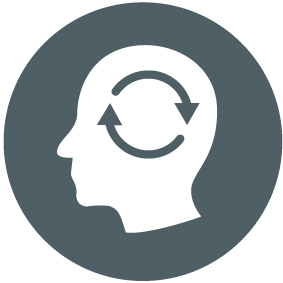
1. A sustainable society distinguished by well-being
We believe that our solutions in the field of water and sanitation are crucial to people’s health and well-being. We strive continuously to improve the standard of hygiene in a sustainable manner.
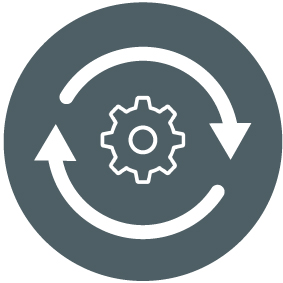
2. Long-term prosperity for everyone we come into contact with
We are an ethical, inclusive and proactive partner, committed to contributing to a sustainable society. Our goal is to be financially viable and innovative.
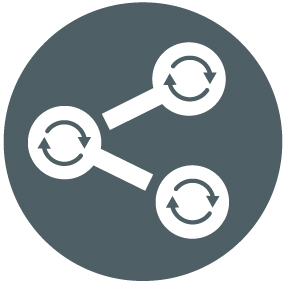
3. Improved resource efficiency and reduced environmental impact
We are constantly developing new products and processes that minimise resource consumption and environmental impact throughout the life cycle of the product.
What challenges do you see in the work with sustainability?
We have the stated aim of making our production facilities climate neutral in the Nordic region in 2030, and globally in 2045, so this naturally implies a string of challenges. For example, we need to come up with the right technologies and solutions to reduce our total carbon impact in the long term.
We are working tirelessly to implement new and efficient solutions at our production facilities. At the same time, we are working closely with external operators to make sure that we have the right resources – such as technology, knowledge and calculation models – to achieve our ambitious climate goals.
How do we ensure sustainable product development?
Sustainability is at the core of our business, and our products are the message carriers for our work. We apply our “Sustainable Design Logic” to make sure that every aspect of the product’s life cycle is carefully thought through from the perspective of sustainability.
This framework assists us in including all relevant factors, from choice of material and design, to use and recycling, with the aim of creating durable, sustainable products that are both functional and eco-friendly. By closely monitoring sustainability from the birth of the initial idea to the end of the product’s life cycle, we can make conscious decisions that make a difference in both the short and the long term.
Water shortages and rising water prices – how can our products make a difference?
Water shortages are an increasing issue in Sweden, and we have noted a rise in demand for solutions that reduce water consumption. One project that provides great benefit to society is “Drop it”, where we are working with the Municipality of Värmdö , Ecoloop and the RISE research institute. The project is intended to secure access to water on the island of Sandön in the Stockholm Archipelago. The “Drop it” project is financed by Formas and involves a combination of technological solutions and communication about saving water.
Our contribution comprises innovative products and technologies with the capacity to reduce water consumption. For example, by using our water-saving products – such as WCs and mixers – households and commercial operators alike can save appreciable amounts of both water and energy. This is crucial in areas where water is scarce and also helps reduce the long-term economic impact of fluctuating water prices, at the same time as cutting energy consumption.
Nautic offers a wide range of shower mixers and sets – from classic models to premium designs with overhead showers. The shower is where the biggest water and energy savings happen. Choose a Class A-rated mixer and save automatically.
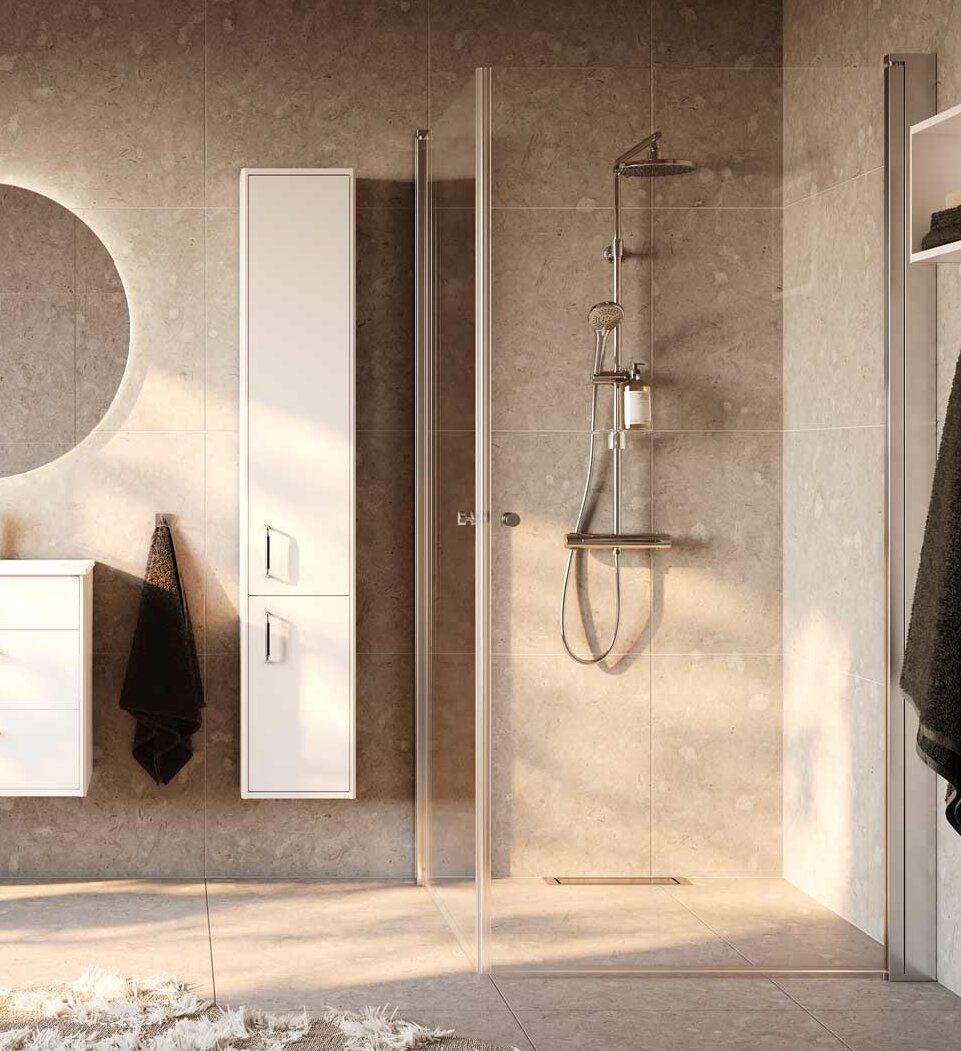
What does reuse mean to Gustavsberg?
As I mentioned previously, we use our “Sustainable Design Logic” framework to support this process. We are striving to optimise each and every phase of the product’s life cycle – from design and manufacture, to the user phase and on to reuse and recycling. One important aspect as regards reuse and upcycling is that we design products that can easily be upgraded or reused. For example, by upgrading a component in a WC, we can extend the service life of the product, thus reducing waste. So it’s not simply a question of creating products that are sustainable from the start, but also of facilitating a circular economy in which our products can be recycled and upgraded over time.
Nor should we forget that Gustavsberg products are reused on a daily basis – and have been for decades – through the utilisation of our spare parts. In the future, there will be even more parts and upgraded parts available, which will allow reuse via finely functioning processes.
Can you give us a specific example of reuse?
New working relationships are essential in achieving the best possible overall result as regards reuse and upcycling. One such relationship we are particularly proud of is the one with Holgers Stugmaterial, whereby we work together to provide cost-efficient solutions for reusing bathroom products. The final objective is for the entire flow – from dismantling to upgraded product with assured functionality and warranties – to make reuse a simple and self-evident choice for sustainable projects. One of our pilot projects is at Västerhöjd High School in Skövde, where we are reusing WCs and washbasins as part of a major renovation. Through this project, we are showing how reuse can be integrated into ordinary supply chains so as to create a more sustainable construction industry. The work we do is centred on making sustainability a natural part of business processes, thereby helping to reduce environmental impact.
At the same time, it is important to ensure that reuse does not take place at the expense of the environment. This is why all our reused products are upgraded with the latest technology to minimise both water and energy consumption. In this way, they become just as efficient as new products.
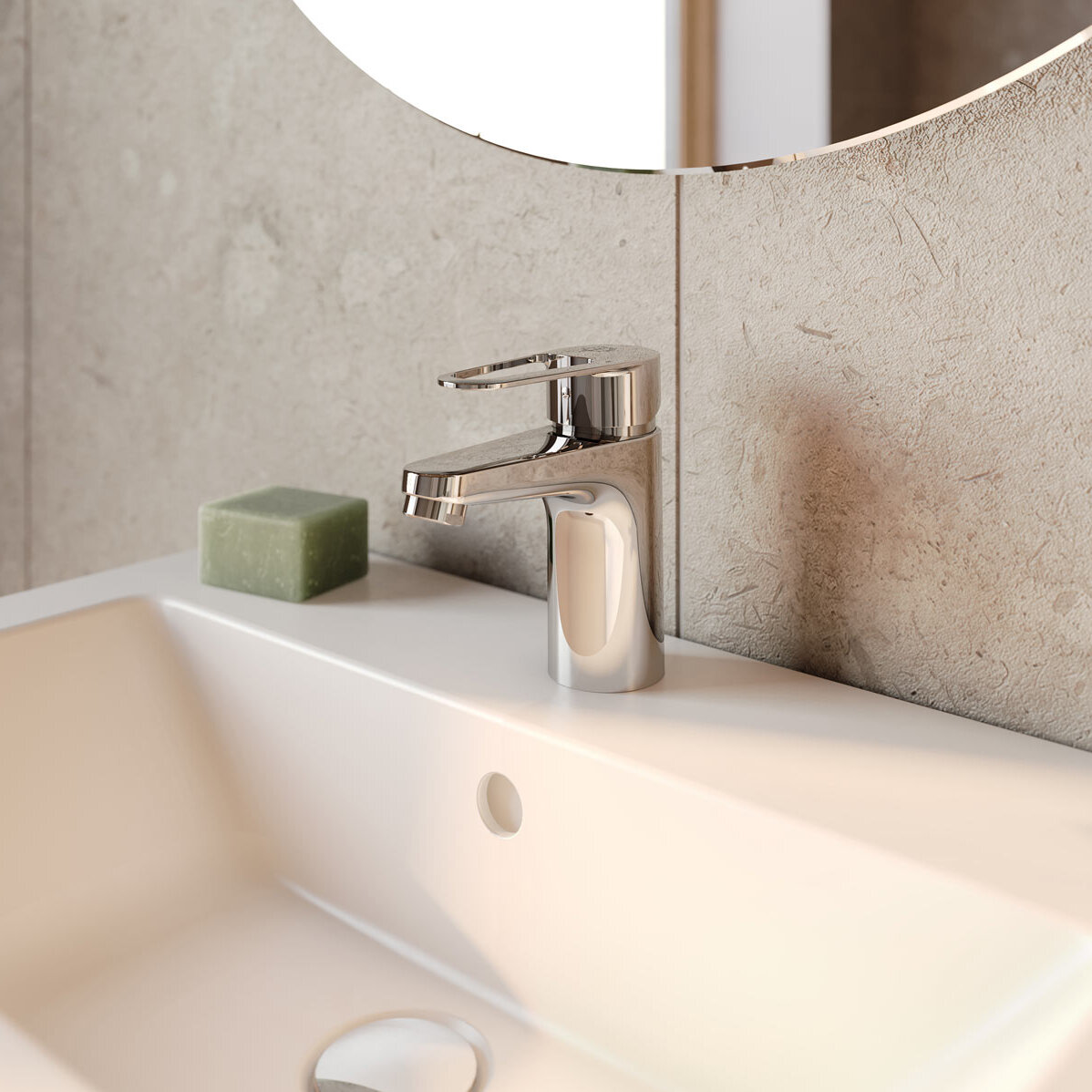
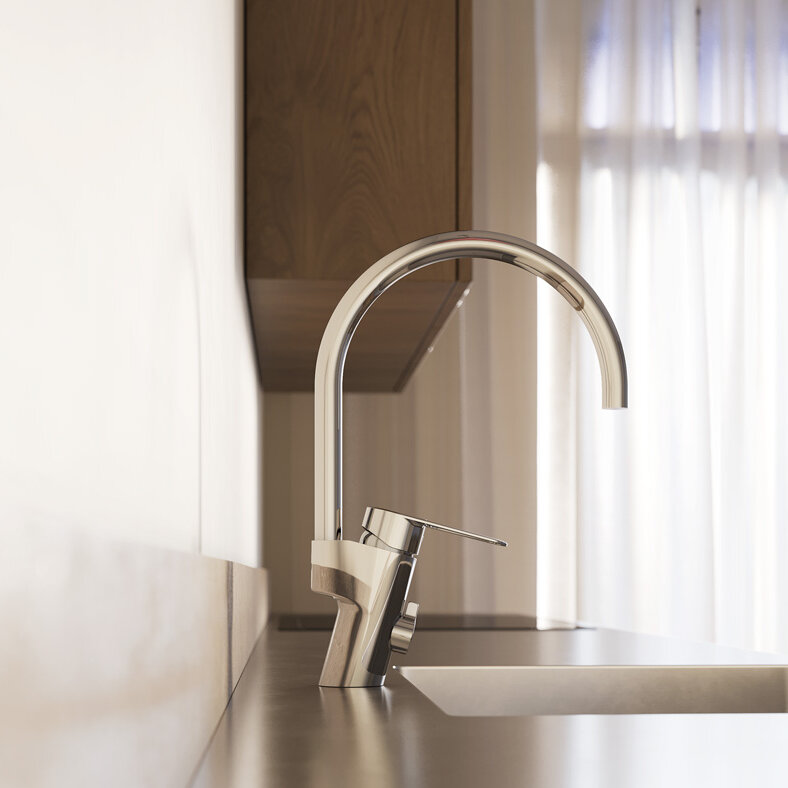
Our large family of Nautic mixers is a great example of this. They’re locally produced, made from 75% recycled material, 90% recyclable, and many models have achieved the highest energy rating – Class A. Förutom att de når högsta energiklass uppnår de även de hårda kraven kraven för miljöcertifieringssystemen oavsett om det är BREEAM, LEED, Miljöbyggnad, Svanen, EU taxonomin eller DGNB.
Which products are particularly good environmental choices?
Our Nautic and Atlantic ranges of mixers for kitchen, bathroom and shower are excellent examples of products that combine functionality and sustainability. To start with, they are manufactured in Vårgåda, which has possibly the lowest carbon footprint in the world “from Cradle to Gate”. In addition, they are both energy- and water-efficient products and are likewise designed to be durable, reusable and recyclable. By choosing these products, customers not only receive only high-quality everyday heroes for their bathroom and kitchen, but they are also making a long-term durable choice that reduces environmental impact and resource consumption – which creates a genuine win-win situation with significant financial savings.
What are the next steps in the work with sustainability?
The future holds more challenges, but also enormous potential for sustainable development. Our journey towards climate-neutrality in 2045 and our work to boost the circularity and reuse of products have a key role to play in our long-term plan. We anticipate continued development where new technologies and business models can contribute to shrinking our footprint even further. For the industry as a whole, it is a question of continuing to press for innovation and working relationships in order to come up with new solutions that are both sustainable and functional. Together, we can create a future where sustainability is no longer simply an ambition, but taken as read.
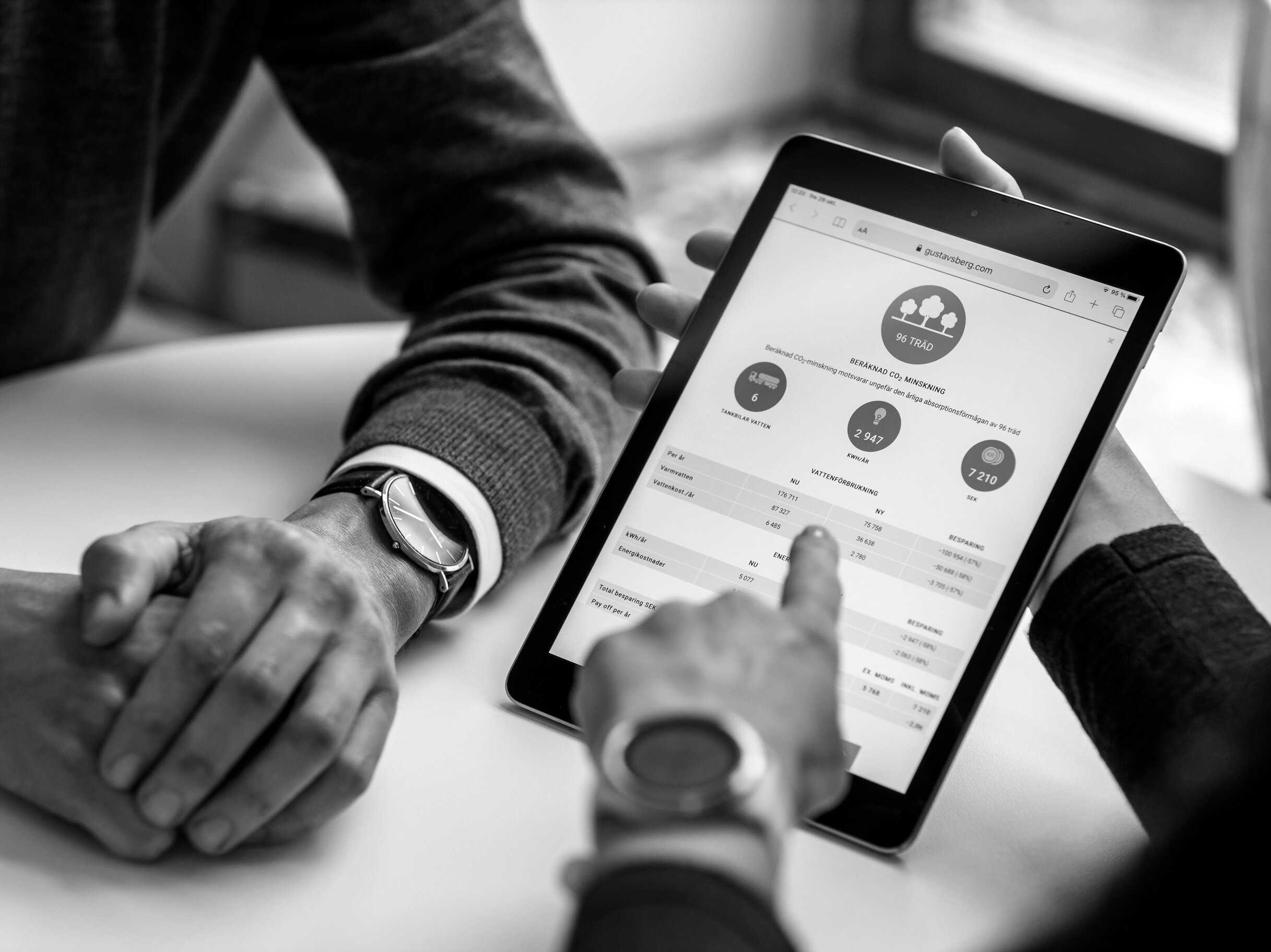
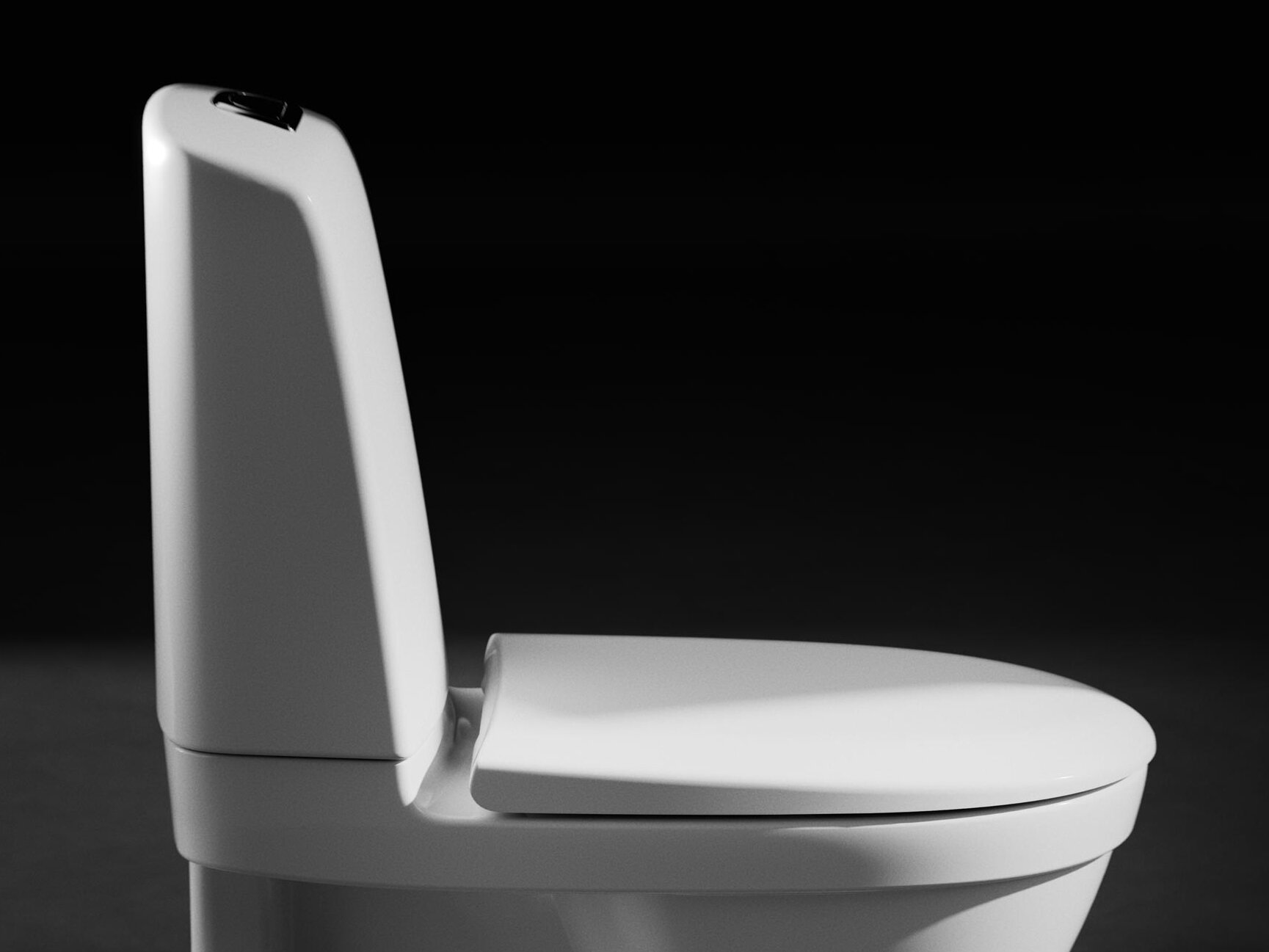
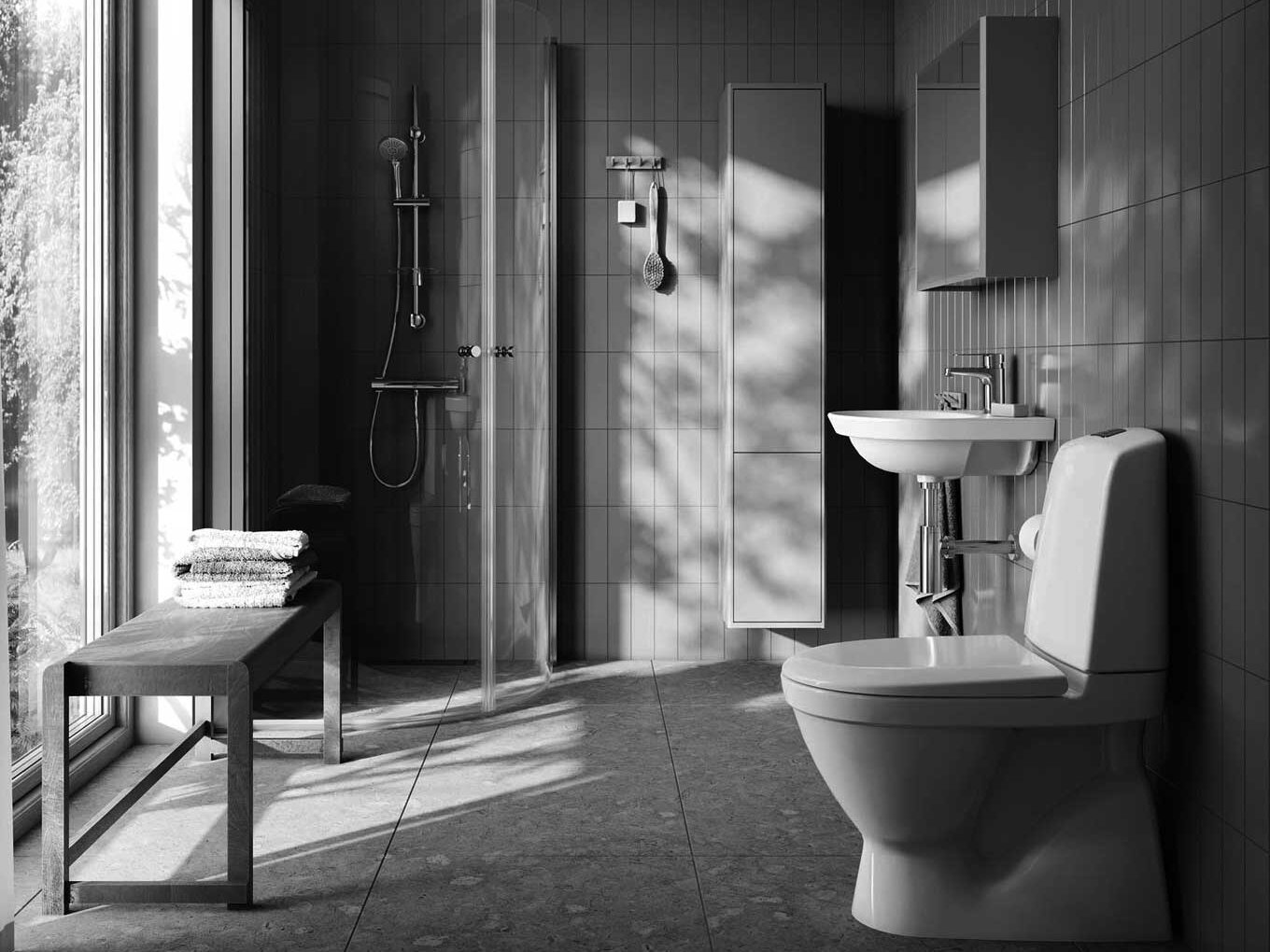
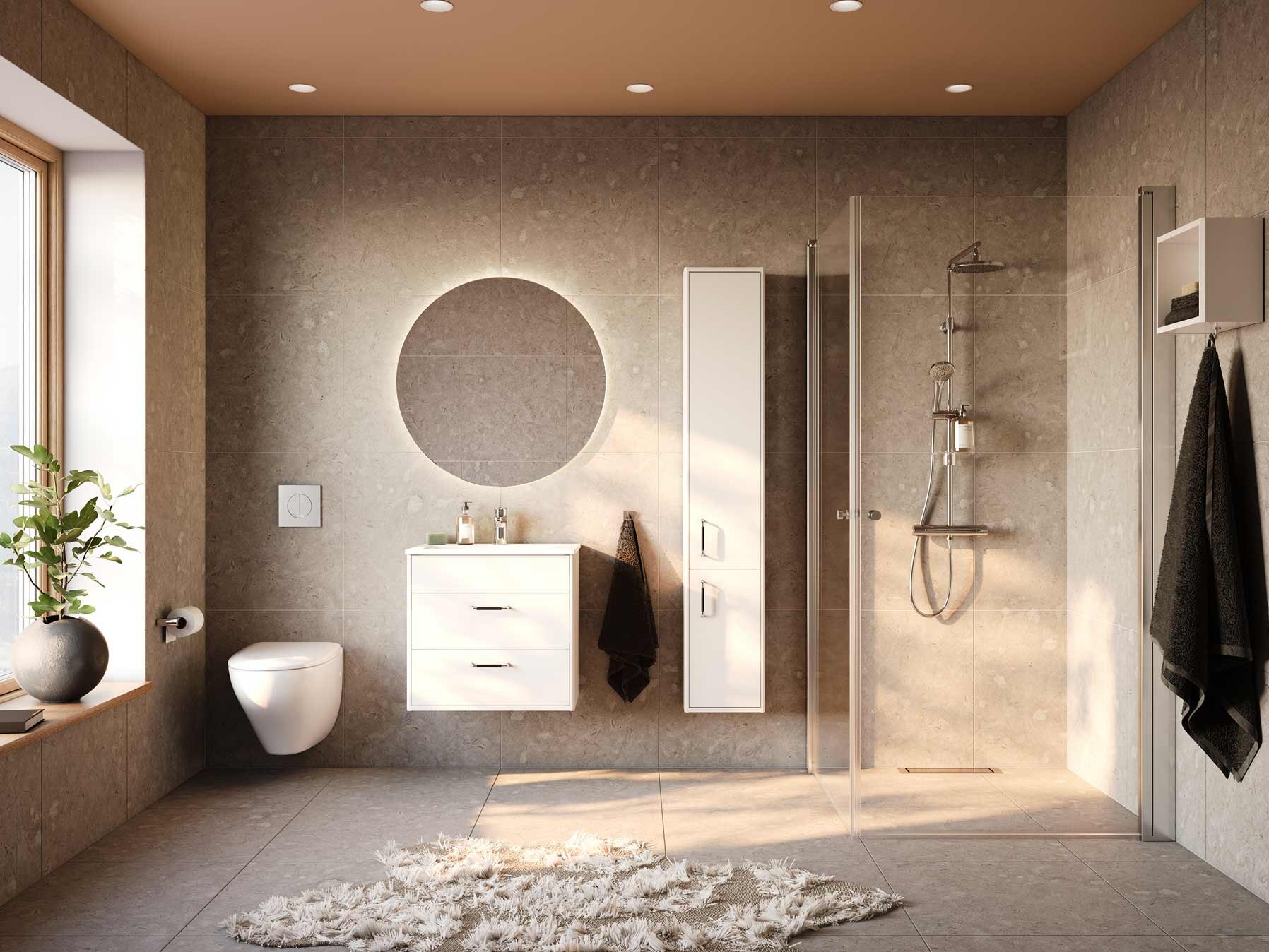
![[Translate to English:] Modernt badrum med gröna väggar, toalett, handfat, dusch och ett stort fönster som släpper in dagsljus.](/fileadmin/user_upload/Nautic_bathroom_sideview__2_.jpg)
